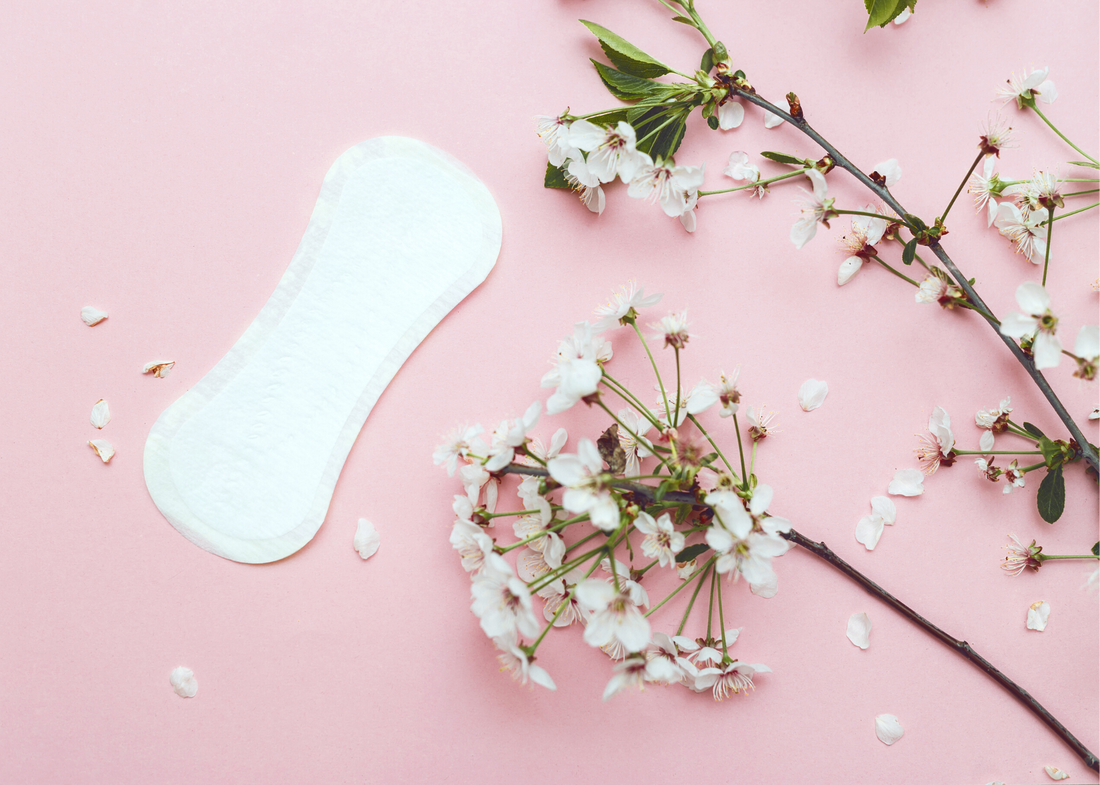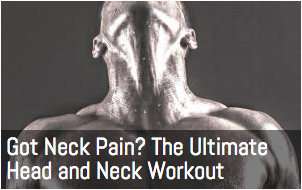|
Last week, Ohio Senate Bill 26 was signed into law. As a result, Ohioans will no longer be charged sales tax on tampons and pads beginning in April 2020. While I don’t subscribe to the modern feminist movement (some would call me a full-blown anti-feminist), I was thrilled to see this ridiculous tax finally eliminated. Yes, this law affects women, but it’s about more than that. It’s about giving people access to basic needs, including health and hygiene necessities. Ohio is the 16th state to end the tax on period products, and advocates are pushing for more states to follow their example. The argument against the so-called “pink tax” seems pretty straightforward. Even products like Viagra and Rogaine – which are not medical necessities – aren’t taxed, and the classification of pads and tampons as “luxury” items seems completely absurd. After all, there’s nothing luxurious about uncontrollable bleeding and pain. Besides the obvious need to reclassify feminine hygiene products as necessities, activists and lawmakers are finally beginning to realize the significant impact of “period poverty” on women and girls in the US. It’s the national epidemic no one’s talking about. In fact, one in five teens has struggled to obtain period products or was unable to afford them at all. The result? School and work absence, as well as an increased risk of infection and toxic shock syndrome. To make matters worse, programs like WIC, SNAP and food stamps don’t cover the cost of period products. Many advocates are working to get pads and tampons into public restrooms (just like toilet paper is expected to be provided), especially in schools. Illinois, for example, passed the Learn With Dignity Act in 2017, which requires pads and tampons to be provided in all schools serving students in grades 6-12. New York City also provides free period products in public schools, prisons and homeless shelters. Many people – mostly women – are finally speaking up about this lack of access and highlighting the disparity between various socioeconomic groups and minorities (access is an even bigger issue on Indian reservations, for example). But I have yet to hear any arguments concerning the pink tax’s impact on people living with conditions like endometriosis, adenomyosis, fibroids or bleeding disorders. It’s estimated that the average woman spends somewhere between $150 and $300 on period products each year. In addition to the medical bills, cost of treatment and other expenses involved, women with these conditions can wind up spending a lot more on these basic necessities. Because the details of our periods aren’t something we like to talk about, it’s not surprising that the problems women with chronic conditions face in accessing basic health needs are often overlooked. I think men, and even many women, don’t fully understand the struggles that someone with a condition like endometriosis can face due simply to heavy blood loss. No, it’s not nice to talk about. But until someone does, we won’t get any closer to a solution. In addition to symptoms like pain, fatigue and fertility issues, uncontrolled endometriosis can lead to blood loss so heavy that some women need transfusions. Even in less severe cases, the bleeding alone can lead to: • School and work absence • Increased cost of pads, tampons or other products • Anemia • Sleep problems • Inability to perform basic daily activities or exercise A woman with a condition like endometriosis could easily spend twice or even three times as much on period products as an average person. And that means – you guessed it – the government collects two to three times the amount of sales tax on period products from these women. While a six percent tax may seem like a drop in the bucket, it’s one more expense for people who are already facing obstacles that can make it difficult to work, attend school or live a normal life. The elimination of the pink tax in Ohio is a step in the right direction. Advocates are working to pass similar laws in other states, and nonprofit organizations are finally beginning to recognize the need for pads and tampons in schools, shelters and other public spaces. While this is an issue affecting many women, it undoubtedly hits women with certain chronic conditions harder. It’s time we recognize this disparity and start speaking up. Sources
https://www.dispatch.com/news/20191109/pink-tax-to-end-in-ohio-though-advocacy-far-from-over https://www.cnn.com/2019/10/21/perspectives/period-poverty-menstrual-products/index.html https://thehill.com/changing-america/respect/poverty/469393-period-poverty-is-a-serious-problem https://www.limaohio.com/news/379263/heidi-stevens-work-to-end-period-poverty-now https://www.usatoday.com/story/money/business/2017/03/24/feminine-hygiene-newest-consumer-battlefield/99532850/
0 Comments
Leave a Reply. |
My name is Maggie Morehart, and I'm the creator of Incurable. Learn more.
Categories
All
More Places to Find Me |



 RSS Feed
RSS Feed








